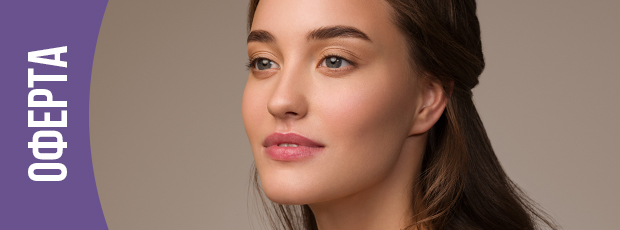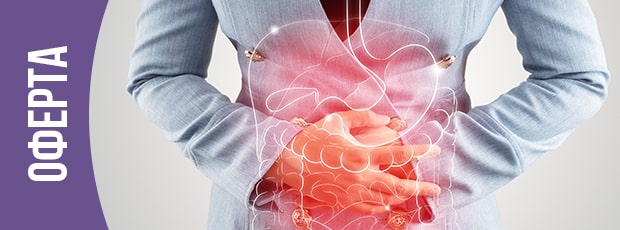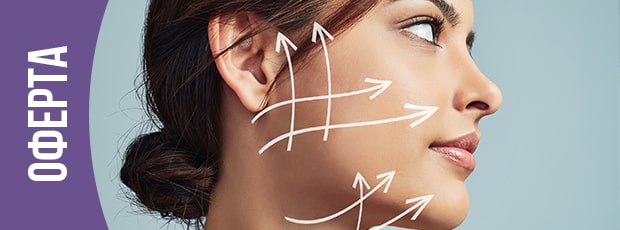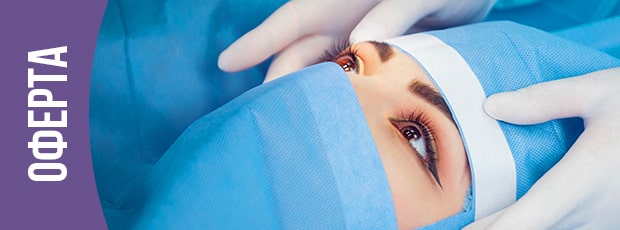Craniosynostosis is a birth defect in which the bones in a baby's skull fuse together too early. This happens before the baby's brain is fully formed. As the baby's brain grows, the skull may become more misshapen. The spaces between a baby's typical skull bones are filled with a flexible material (sutures). These stitches allow the skull to grow along with the baby's brain. Around the age of two, the bones of the child's skull begin to fuse together because the sutures become bony. When this happens, the suture is said to "close." In a baby with craniosynostosis, one or more of the sutures close too early. This can restrict or slow the baby's brain growth.
When the suture closes and the bones of the skull fuse too early, the baby's head will only stop growing in that part of the skull. In other parts of the skull where the sutures have not joined, the baby's head will continue to grow. When this happens, the skull will have an abnormal shape even though the brain inside the skull has grown to its usual size. Sometimes, however, more than one suture closes too early. In these cases, the brain may not have enough room to grow to its usual size. This can cause pressure to build up inside the skull.
Types of craniosynostosis
The types of craniosynostosis depend on what seams are connected early.
- Sagittal synostosis - A sagittal suture runs along the top of the head, from the baby's soft spot near the front of the head to the back of the head. When this suture closes too early, the baby's head will become long and narrow (scaphocephaly). This is the most common type of craniosynostosis.
- Coronal synostosis - The right and left coronal sutures run from each ear to the sagittal suture at the top of the head. When one of these sutures closes too early, the baby may have a flattened forehead on the side of the skull that closed early (anterior plagiocephaly). The baby's eye socket on this side may also be raised and his nose may be pulled towards this side. This is the second most common type of craniosynostosis.
- Bicoronary synostosis - This type of craniosynostosis occurs when the coronary sutures on either side of the baby's head close too early. In this case, the baby's head will become wide and short (brachycephaly).
- Lambdoid synostosis - The lambdoid seam runs along the back of the head. If this suture closes too early, the baby's head may be flattened from behind (posterior plagiocephaly). This is one of the rarest types of craniosynostosis.
- Metopic synostosis - The metopic suture runs from the baby's nose to the sagittal suture at the top of the head. If this suture closes too early, the top of the baby's head may look triangular, meaning narrow in front and wide in back (trigonocephaly). This is one of the rarest types of craniosynostosis.
Many of the problems a baby may have depend on:
- Which seams close early
- When they close (before or after birth and at what age)
- Whether the brain has room to grow or not
- Sometimes, if the condition is left untreated, the build-up of pressure in the baby's skull can lead to problems such as blindness, seizures or brain damage.
Causes and risk factors
The causes of craniosynostosis in most infants are unknown. Some babies have craniosynostosis because of changes in their genes. In some cases, craniosynostosis occurs because of an abnormality in a single gene, which can cause a genetic syndrome. However, in most cases, craniosynostosis is thought to be caused by a combination of genes and other factors, such as things the mother comes into contact with in her environment, or what the mother eats or drinks, or certain medications she uses during pregnancy.
Women with thyroid disease or who are treated for thyroid disease while pregnant have a greater chance of having a child with craniosynostosis compared to women who do not.
Women who took clomiphene citrate (an infertility medicine) just before or early in pregnancy were more likely to have a baby with craniosynostosis, compared with women who did not take this medicine.
Diagnosing
Craniosynostosis is usually diagnosed soon after the baby is born. Sometimes it is diagnosed later in life.
Usually the first sign of craniosynostosis is an abnormally shaped skull. Other signs may include:
- No "soft spot" on the baby's skull
- A bulge, the place where the seams have closed early
- Slow growth or lack of growth in baby's head size over time
Doctors can identify craniosynostosis during a physical examination. The doctor will palpate the baby's head for hard areas at the sutures and unusually soft spots. The doctor will also look for problems with the baby's face shape. When it is suspected that the baby may have craniosynostosis, the doctor usually requires one or more tests to confirm the diagnosis. For example, a special X-ray test, such as a CT or CAT scan, which can show the details of the skull and brain, whether any sutures are closed and how the brain is growing.
Treatment
Many types of craniosynostosis require surgery. The surgical procedure aims to relieve pressure on the brain, correct craniosynostosis and allow the brain to grow properly. When necessary, a surgical procedure is usually performed during the first year of life. But the timing of surgery depends on which sutures are closed and whether the baby has one of the genetic syndromes that can cause craniosynostosis.
Babies with very mild craniosynostosis may not need surgery. As the baby gets older and grows hair, the shape of the skull may become less noticeable. Sometimes special medical helmets can be used to help shape the baby's skull into a more regular shape.
Every baby born with craniosynostosis is different and the condition can range from mild to severe. Most babies with craniosynostosis are otherwise healthy; however, some have developmental delays or intellectual disabilities because either the craniosynostosis has prevented the baby's brain from growing and working normally or because the baby has a genetic syndrome that has caused both the craniosynostosis and problems with brain function. A baby with craniosynostosis will need to see a doctor regularly to make sure the brain and skull are developing properly. Babies with craniosynostosis can often benefit from early intervention services to help with developmental delays or intellectual problems. Some children with craniosynostosis may have self-esteem problems if they are concerned about the visible differences between them and other children.







